Microsoft inclusive lead reveals there's a 'bit of a plateau' in accessibility tech
'We don't know what to do next,' says Bryce Johnson, creator of the Xbox Adaptive Controller.
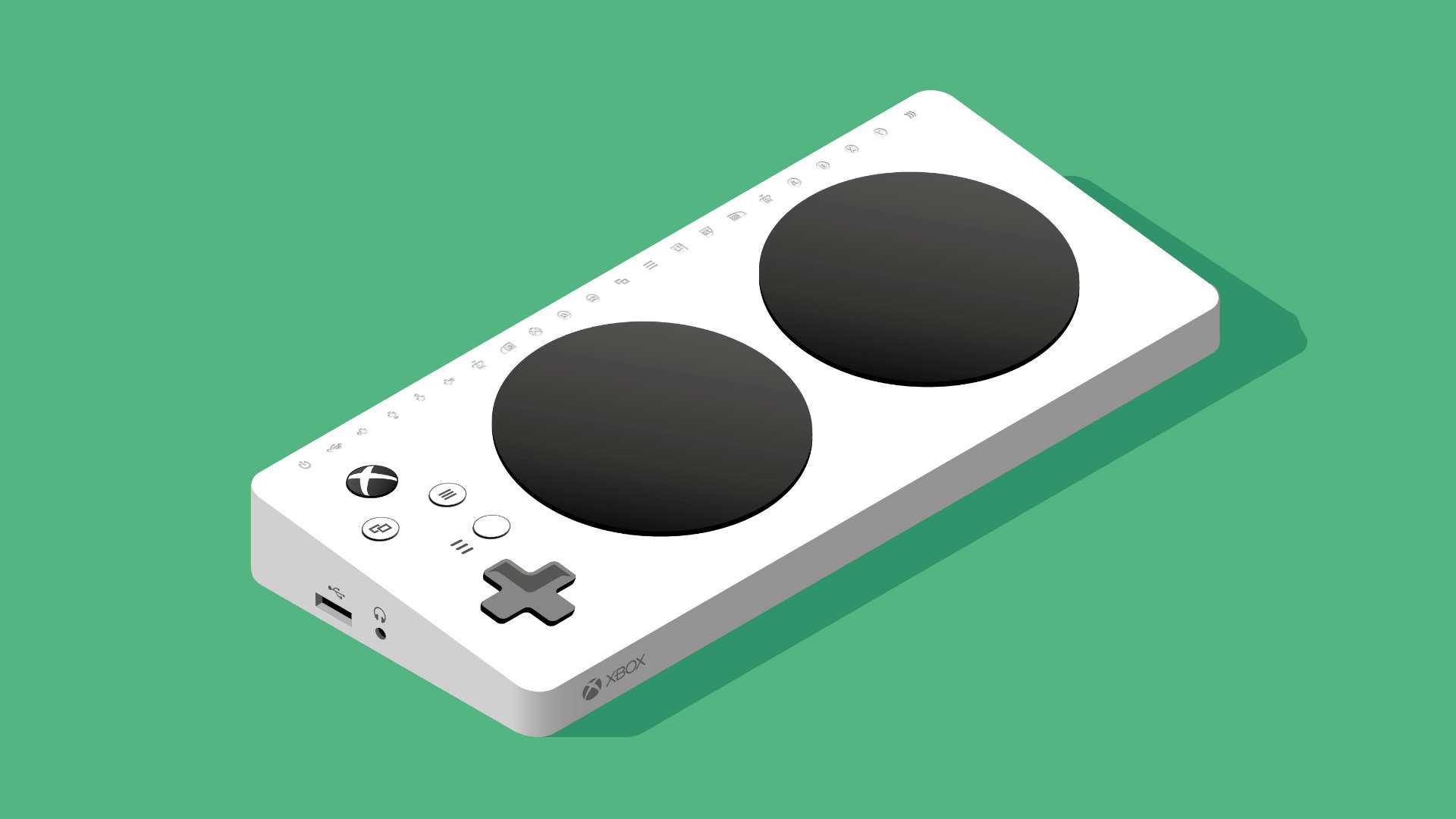
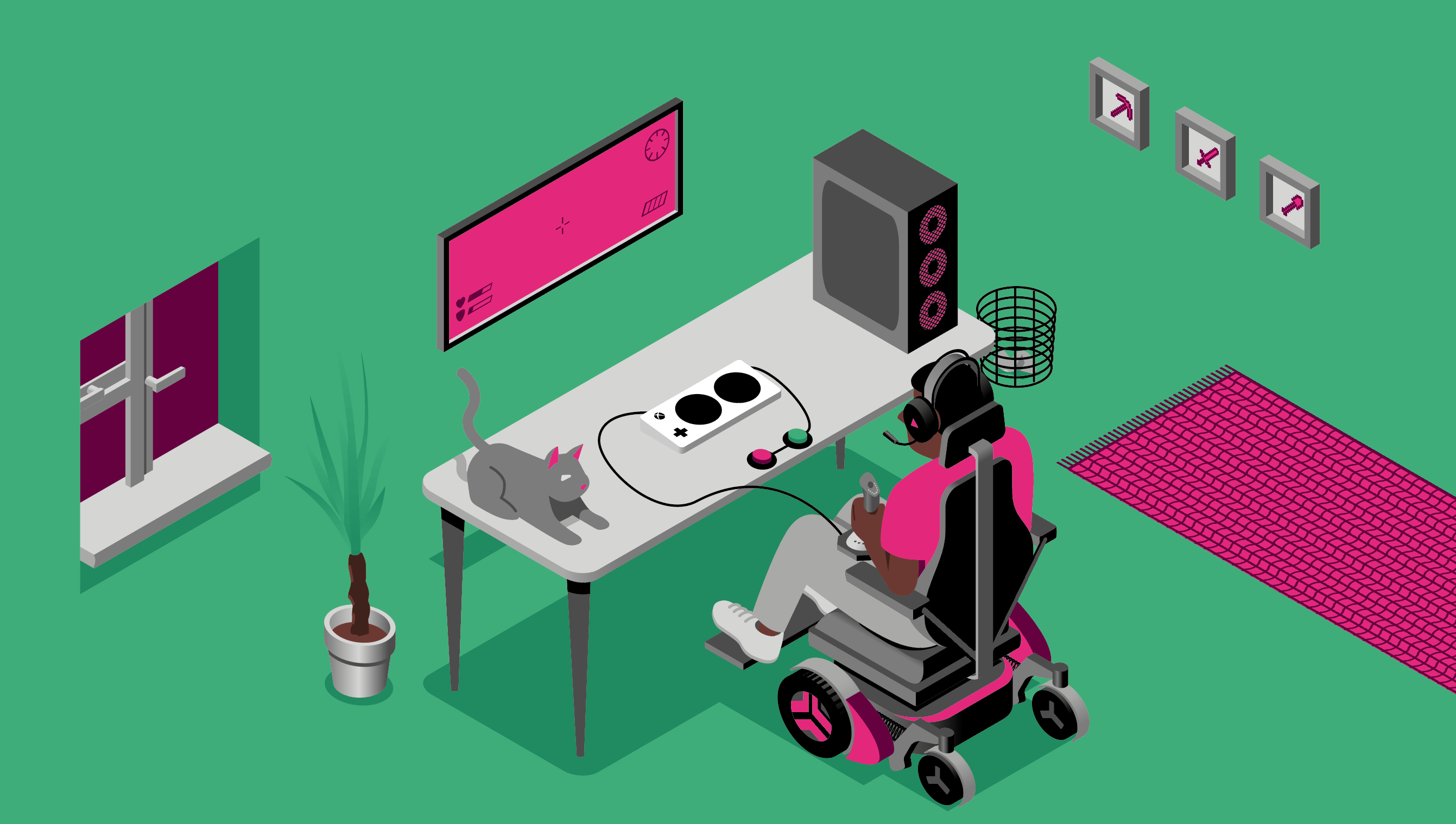
This feature is part of PC Gamer's Accessibility Week, running from August 16, where we're exploring accessible games, hardware, mods and more.
I've been speaking to Bryce Johnson, Inclusive Lead at Microsoft Devices and co-inventor of the Xbox Adaptive Controller (XAC), about the process behind and reception of the accessible gaming device. And although he's happy about where the project ended up and where the accessibility industry is going as a whole, he's a little concerned about where things might go from here.
The XAC is Microsoft's answer to making games more accessible for players with disabilities. That description makes it sound so simple, but making an accessible controller is definitely not straightforward, even with backing from a company whose net worth is about $1 trillion.
Johnson explains that it was first important to recognise the limitations of current controller configurations. Without full fluid range of motion in both the thumb and index fingers, or the ability to hold the controller in a certain way, standard controllers are rendered useless.
For people like Brian Zadorozny, a quadrapalegic gamer who uses the XAC on a daily basis, using a standard controller is basically impossible. Now lacking the finger dexterity he had in his youth, the initial alternative for him was mobile gaming. "Mobile gaming scratched my videogame itch, but it's no substitute for Kingdom Hearts."
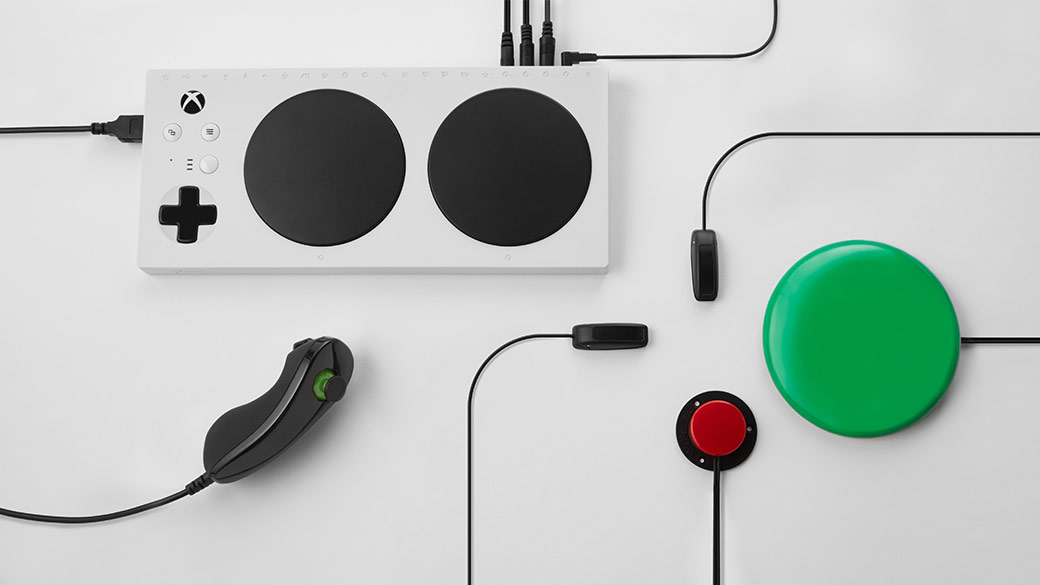
Something much more modular than what was on the market was necessary, to give those with disabilities the chance to play the games they loved, without having to strap together some totally unfeasible makeshift contraption out of dental tools in order to press those just-out-of-reach buttons. It sounds silly, but this is the kind of thing disabled gamers have had to resort to.
"We really try to emphasise to people to think about where they have movement, and what feels good moving," says Johnson. "And that can be pretty hard for some folks, because they don't really think about it."
It was first important to recognise the limitations of current controller configurations.
Before the XAC came out, the 'co-pilot' feature made it possible to plug in two controllers into an Xbox or a PC, and have them register as a single device. Johnson explains it was this feature that allowed them to "create a form that was this unique" for the XAC. In combination, the two technologies gave rise to a super modular gaming setup that can adapt to an individual's specific needs, and fill in the gaps in their movement.
The biggest gaming news, reviews and hardware deals
Keep up to date with the most important stories and the best deals, as picked by the PC Gamer team.
"That's the beauty of the Accessible Controller," Zadorozny praises, "You just plug and play." With his XAC and external buttons attached securely to his velcro-laden lap-tray, "setting it up was easy; figuring out my optimal layout was easy."
He now only has minor rearrangements to make when switching from his favoured Stardew Valley to another game.

And despite some difficulties—playing fast paced games like Counter-Strike and StarCraft are a bit of a stretch—he's extremely happy with how the XAC project came through, though he does have some suggestions for improvements.
"You could make the device smaller, and then have the option for some of the bigger buttons," suggests Zadorozny. For travelling around, "it'd be a lot easier to have a baby version."
So while the design's modularity does help, there's never one single fix-all solution.
One factor with the potential to make up for it's non-portability, is the XAC's sub-$100 price tag. Keeping the cost down was always at the forefront for the design team.
"We did a lot of homework around other assistive technologies," says Johnson, "and were upset by how much they could be." The plan was to get it under $100 from the beginning, and the team "made deliberate choices to make sure we kept it that way."
No doubt this limitation presented some difficulties, but the mission was clear and undoubtedly necessary; it was just a matter of getting the right people on board. As Johnson notes, "The who we brought to the leadership team, made why go away," he laughs, "and then it all became about what."
What Johnson's essentially saying is it's easier to get on with making something useful when you don't have to keep justifying the project's purpose. So once the hurdle of getting people to recognise the benefits had been faced, the rest could fall into place.
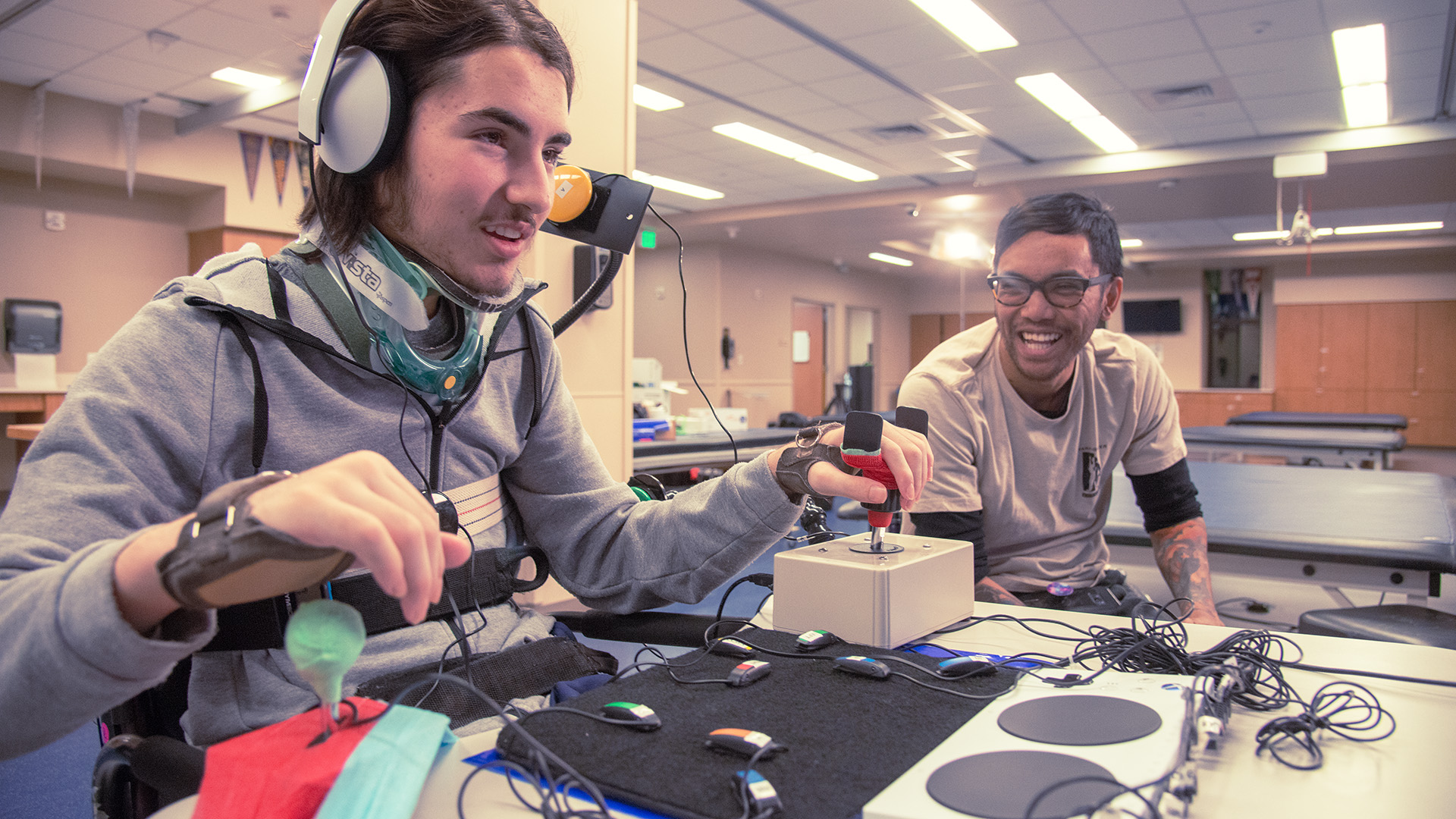
Though Johnson admits, "In some ways, we're still figuring out the benefits." As the team explores further, user experimentation never fails to surprise them. Now, three years after the XAC came out, players are still coming up with novel ways to use the device. Some have found that strapping buttons between their knees works best, for example, and every day users are adapting the XAC in innovative ways to suit their needs.
That may be so, but he's confident the gaming industry is finally aligning itself with the needs of disabled gamers. "In a very short time, the gaming community has really done quite a bit to promote and to make games more accessible." He feels the community has grown up a lot in the time since it came about, as accessibility has moved into the forefront of minds across the industry.
We don't know what to do next; all the low hanging fruit has kind of been picked.
Bryce Johnson
However, Johnson notes some minor concerns around exactly where the XAC team will be taking things in the future. "We don't know what to do next," he explains. "All the low hanging fruit has kind of been picked."
With the XAC having hit all the requirements of current gaming standards, there seems to be little room for further advancement within the already rich landscape of accessibility technology.
He says they've hit "a bit of a plateau," which means until game designers and technology manufacturers come out with some awkward input methods that pose new difficulties for disabled gamers, there doesn't seem to be much more work to be done, at least on the hardware front.
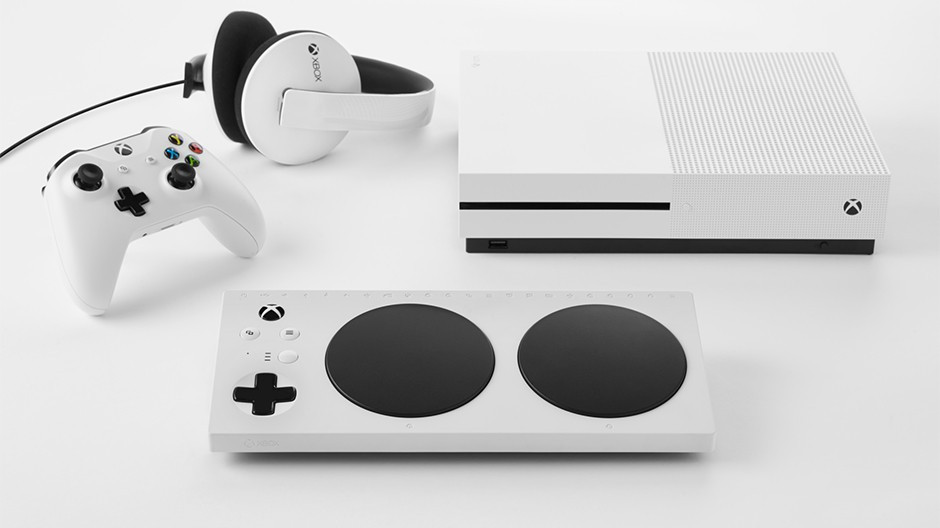
Still, as long as new technology continues to appear on the market, along with them will undoubtedly rise what Johnson dubs 'unintentional barriers' for disabled players. That means that, as the world of games and tech continues to advance, there will always be a place for accessibility initiatives to step in and tailor the experience—or at least give disabled players a means to tailor their own gaming experience.
Overall the Xbox Adaptive Controller has done just that: given players the ability to accommodate and accentuate their abilities, and give them back their favourite hobby. Johnson prides himself in that. "Typically, I can find a way to get someone gaming; that's really what the whole thing is about!"
So, despite the Microsoft Devices team's trajectory perhaps being a little hazy, there's a lot of potential for more innovation once the landscape begins to shift again.

Screw sports, Katie would rather watch Intel, AMD and Nvidia go at it. Having been obsessed with computers and graphics for three long decades, she took Game Art and Design up to Masters level at uni, and has been rambling about games, tech and science—rather sarcastically—for four years since. She can be found admiring technological advancements, scrambling for scintillating Raspberry Pi projects, preaching cybersecurity awareness, sighing over semiconductors, and gawping at the latest GPU upgrades. Right now she's waiting patiently for her chance to upload her consciousness into the cloud.

